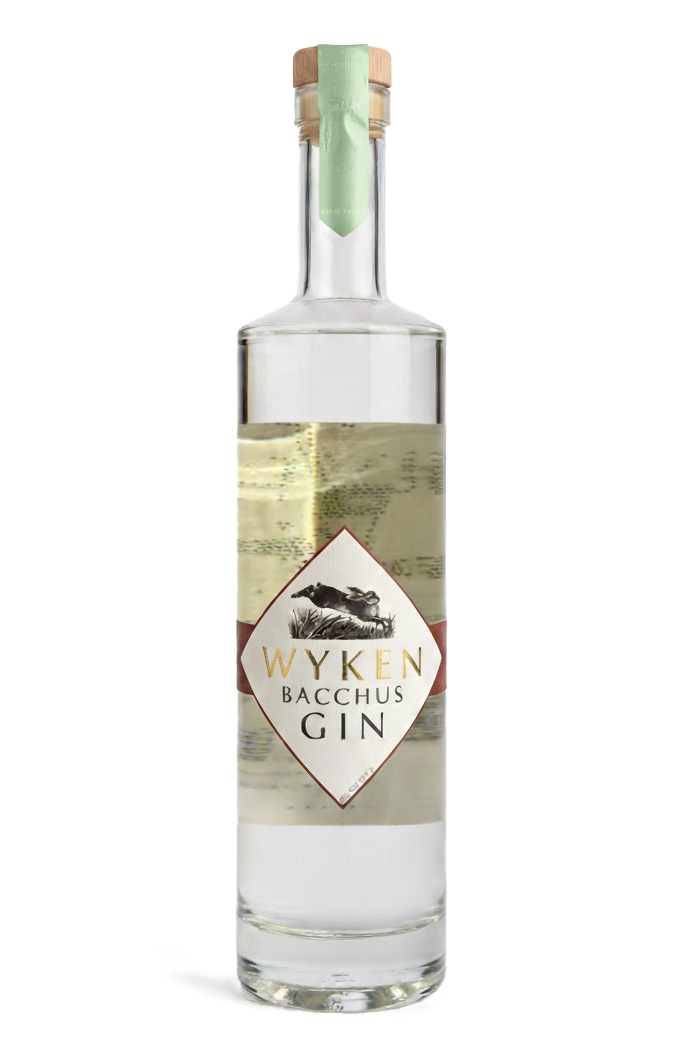
WYKEN VINEYARDS
THE VINEYARD
On a south-facing slope once favoured by Romans, our vineyard flourishes with 12,000 vines rooted in sandy loam over chalk. Since 1988, we've nurtured varieties like Bacchus and Pinot Noir, yielding around 12,000 bottles annually. Each bottle tells a tale of the land, the seasons, and the hands that tend it. In most years we make two still white wines and our renowned sparkling wine, Wyken Moonshine.
Vineyard tours run frequently from April - September each year. Please subscribe to our newsletter to be alerted when 2026 dates are announced. We do offer private tours for groups of 12 or more at any time. If this is of interest, please email: groupvisits@wykenvineyards.co.uk
WYKEN WINES
Available at our shop and restaurant
BACCHUS
The jewel in our crown. Past winner of English Wine of the Year, and in 2013 Best East Anglian Wine. A dry wine with a Sauvignon Blanc character.
MOONSHINE
Our sparkling wine which is a blend of our Pinot Noir and Auxerrois grapes and winner of 'The East Anglian Wine Of The Year' in 2017.
MADELEINE ANGEVINE
Welcoming and full of joy. Hums with fruit.
OUR GOOD DOG ALE
Makes you want to sit and stay. Made with our own Suffolk malting barley and Liberty hops.
BACCHUS GIN
Gin with a sense of terroir. Wyken Gin is distilled using some of our Bacchus grapes alongside botanicals foraged from the wider estate.
THE VINEYARD YEAR
PRUNING
This is the biggest job of the year, taking place in January and February. We prune each individual vine, using the Double Guyot method. This means we prune everything except two canes from last years growth, with ten buds each, plus a spur in the centre of the vine with two buds. The fruit will come from the shoots from these buds.
BUD BURST
At the end of April there is the excitement of the buds opening and the vines beginning to grow. The great fear is a late frost which can kill this growth and its coming flowers and fruit. A second growth after a frost always has little fruit.
FLOWERING
From the end of June to the start of July flowering takes place and the fruit begins to set. Safe from frost, we now fear wet weather. Heavy rains will prevent the fruit from setting.
RIPENING
A fine August and September are vital for the fruit to ripen and to develop the all important balance between sugar and acidity. We measure this daily in the run up to harvest, and when the balance is just right, we decide to pick – often with only a day’s notice.











